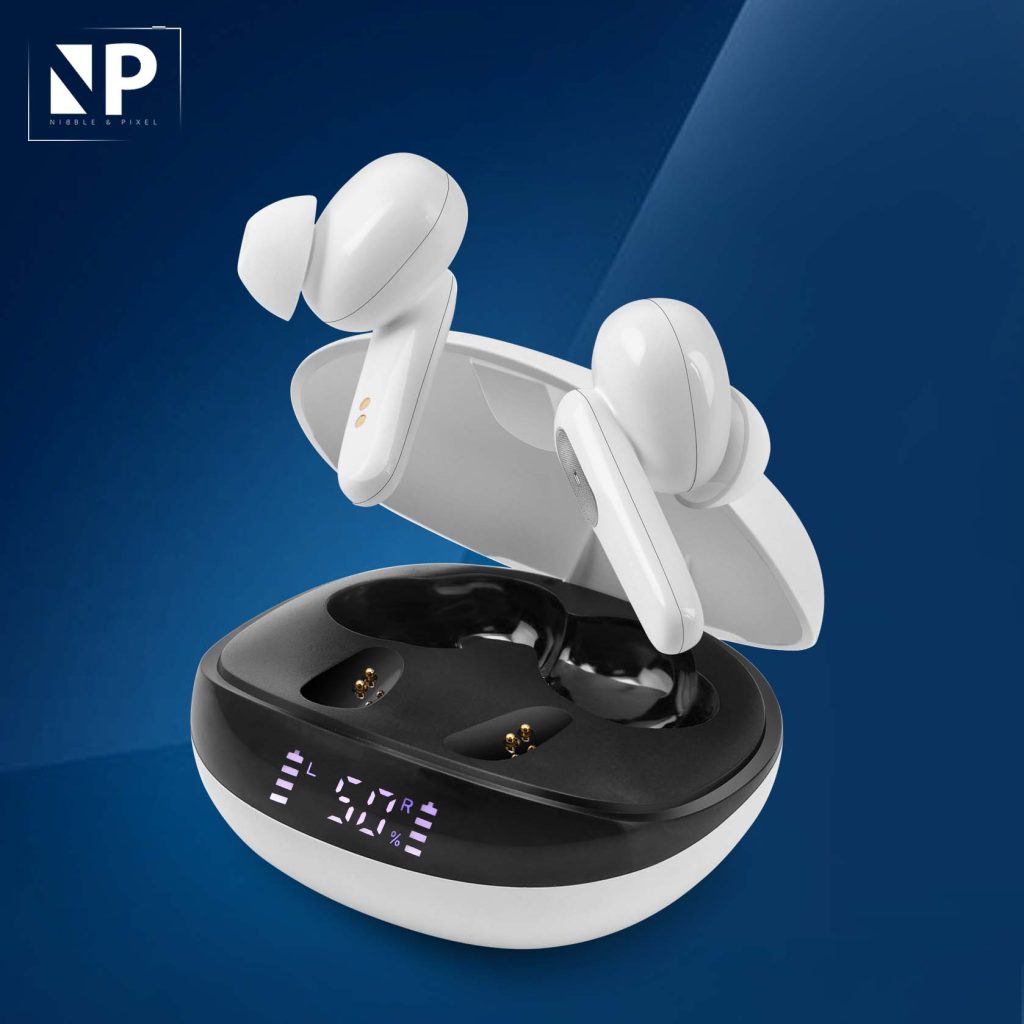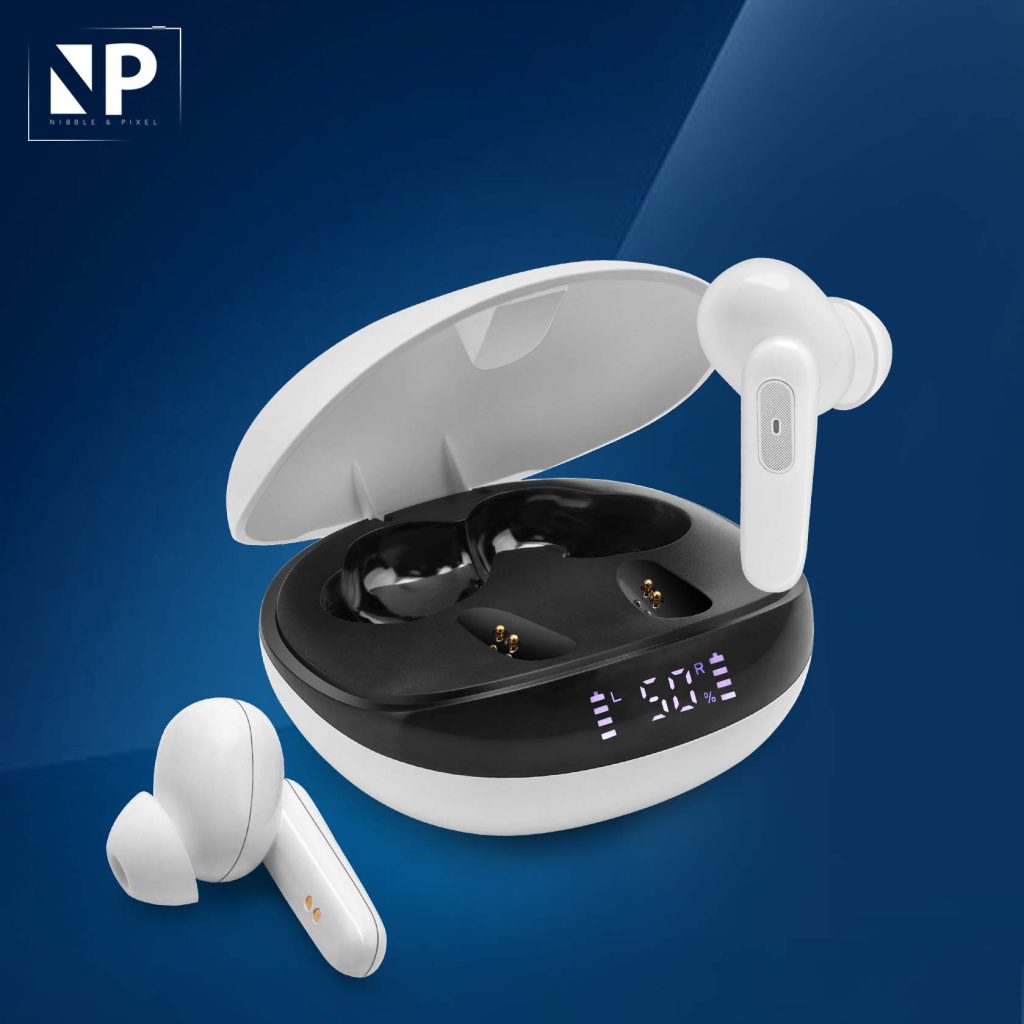Looking to boost your e-commerce sales? The secret lies in mastering the art of product photography. In this ultimate guide, “Nibbleandpixel” is here to unlock the power of visually appealing product images that sell.
With our expert tips and tricks, Nibbleandpixel ensures your products are showcased in the best possible light, literally. Through high-quality and eye-catching visuals, we help businesses create that irresistible “add to cart” effect.
Nibbleandpixel team understands the unique challenges of e-commerce product photography. We know how to capture the essence of your products, highlighting their features, textures, and details in a way that engages and converts customers.
Whether you’re just starting out or looking to revamp your current product images, the Nibbleandpixel guide covers it all – from setting up a budget-friendly studio to mastering composition and lighting techniques. We also provide valuable insights on post-production editing and optimization for different e-commerce platforms.
Don’t let poor product photography hold you back any longer. Let Nibbleandpixel’s ultimate guide take your e-commerce business to new heights with stunning visuals that truly sell.



Importance of E-Commerce Product Photography
In the world of e-commerce, where customers cannot physically touch or examine a product before making a purchase, product photography becomes the most crucial aspect of convincing them to buy. The quality of your product images directly impacts the perception of your brand and can be the deciding factor between a sale and a lost customer.
High-quality product images build trust and credibility with potential buyers. When customers can see clear and detailed visuals of your products, they feel more confident about the quality and authenticity. It helps them visualize how the product will look or fit into their lives, making them more likely to make a purchase.
Moreover, effective product photography sets your business apart from competitors. In a crowded online marketplace, visually appealing images grab attention and make your products stand out. They create an emotional connection with customers and evoke desire, increasing the chances of conversions. Opting for professional product photography is a crucial step towards securing your brand’s success.
Having understood the importance of e-commerce product photography, let’s dive into the key elements that make a successful product photo.
Key Elements of a Successful Product Photography
When capturing product images for your e-commerce store, several key elements contribute to creating visually appealing and effective photos that drive sales.
- Clarity and Sharpness: Product images should be clear, sharp, and in focus. Customers want to see the details, textures, and features of the product. A blurry or pixelated image can be a major turn-off and can lead to a loss of potential sales.
- Consistency: Maintaining consistency in product photography is essential for creating a cohesive and professional-looking online store. Consistency in terms of lighting, background, and style helps establish brand recognition and build trust with customers.
- Accurate Representation: Product photos should accurately represent the color, size, and appearance of the product. Misleading or deceptive images can lead to disappointment and negative reviews, damaging your brand’s reputation.
- Context and Lifestyle: Providing context and showcasing the product in use or in a lifestyle setting helps customers visualize how the product fits into their lives. It adds depth and storytelling to the images, making them more engaging and persuasive.
- Multiple Angles: Including multiple angles of the product allows customers to see it from different perspectives. It provides a comprehensive view and helps them make an informed decision.
By paying attention to these key elements, you can create product photos that leave a lasting impact on your customers and drive conversions. Now, let’s explore the different types of e-commerce product photography services you can consider for your online store.

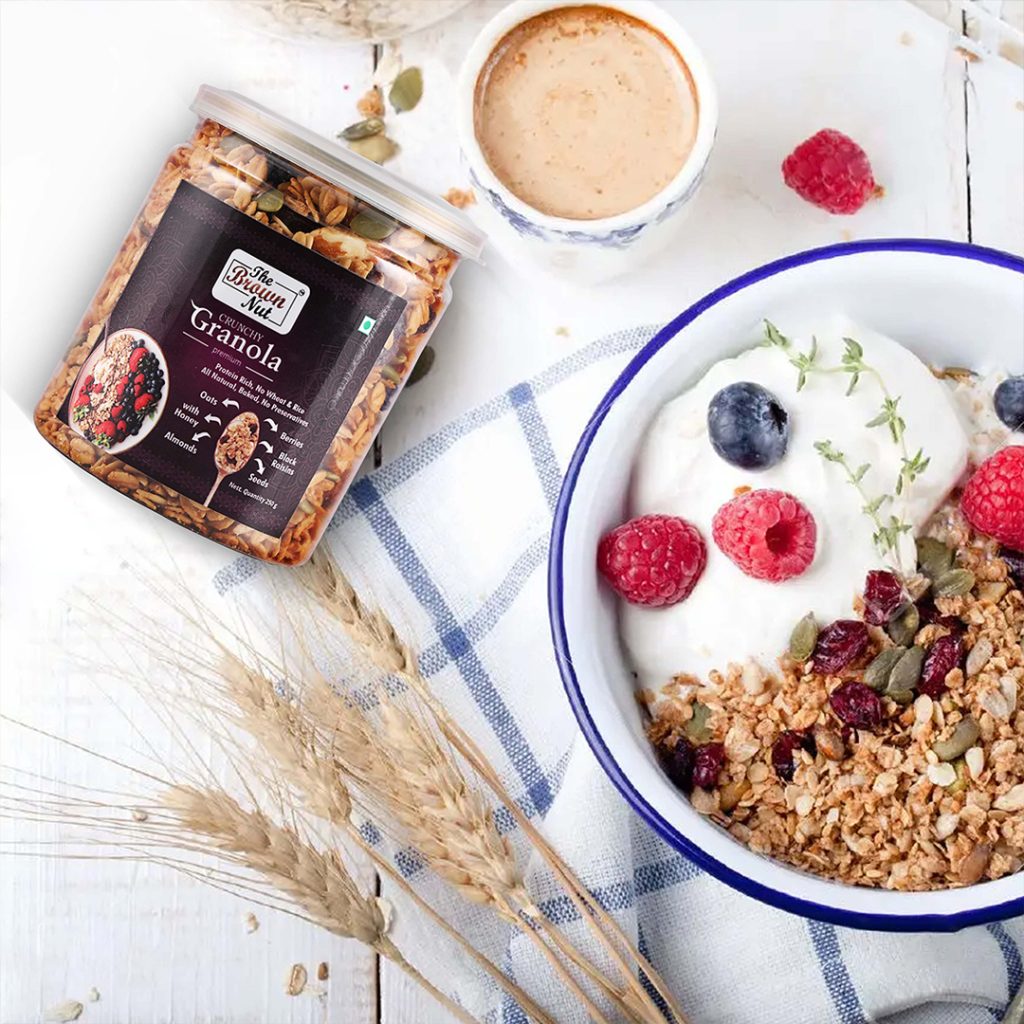

Types of E-commerce Product Photography
When it comes to e-commerce product photography, there are various types and styles to choose from, depending on the nature of your products and your brand identity. Here are some commonly utilized types:
- White Background: This is the most traditional and widely used type of product photography. The product is photographed against a clean, white background, allowing it to be the main focus. This style is popular for its simplicity and versatility, suitable for a wide range of products.
- Lifestyle: Lifestyle product photography showcases the product in a real-life context or setting. It helps customers envision themselves using or wearing the product, creating a sense of desire and aspiration. This style is particularly effective for fashion, home decor, and personal care products.
- Flat Lay: Flat lay photography involves arranging the product and related props on a flat surface and capturing the image from above. This style is popular for showcasing multiple items or creating a visually appealing composition. It is commonly used for accessories, beauty products, and stationery.
- Product in Use: Showing the product being used by a model or in a real-life scenario helps customers understand its functionality and benefits. This style works well for products like electronics, kitchen appliances, and fitness equipment.
- 360-Degree: 360-degree product photography allows customers to rotate and view the product from all angles. This interactive feature provides a more immersive and detailed experience, enhancing customer confidence and reducing returns.
Choosing the right type of product photography depends on your brand identity, target audience, and the nature of your products. Experimenting with different styles can help you find the one that resonates best with your customers. Now, let’s move on to the equipment and tools you’ll need for successful product photography.
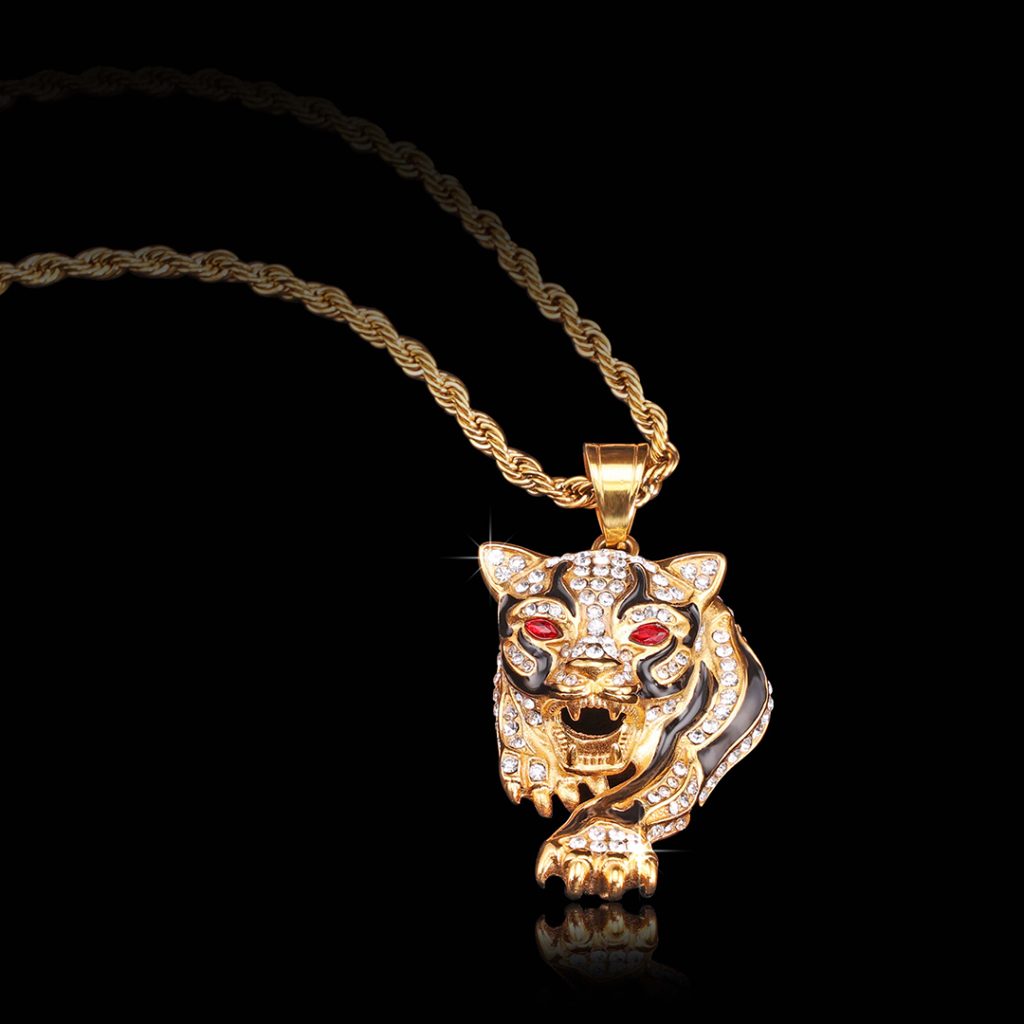


Equipment and Tools for Product Photography
You don’t need expensive professional equipment to capture high-quality product photos. With the right tools and a little creativity, you can achieve great results even on a budget. Here are the essential equipment and tools you’ll need for e-commerce product photography:
- Camera: A digital camera with manual controls and the ability to shoot in RAW format will give you more control over the image quality and editing process. While DSLRs and mirrorless cameras offer the best image quality, modern smartphones with high-resolution cameras can also produce excellent results.
- Lenses: A versatile lens, such as a 50mm prime lens or a zoom lens with a focal length range of 24-70mm, is ideal for product photography. Prime lenses offer a wider aperture, allowing you to achieve a shallow depth of field and create a pleasing background blur.
- Tripod: A sturdy tripod is essential for keeping your camera steady and avoiding any blur or shake. It ensures consistent framing and allows for longer exposure times, particularly useful in low-light situations.
- Lighting: Good lighting is crucial for capturing high-quality product images. While natural light is often preferred, it may not always be available or consistent. Consider investing in artificial lighting options like continuous lights or strobes to have better control over the lighting conditions.
- Lighting modifiers: Light modifiers, such as softboxes, reflectors, and diffusers, help control the direction, intensity, and quality of light. They can soften harsh shadows, reduce glare, and create a more flattering and even lighting setup.
- Backdrops and props: Depending on the type of product photography you choose, you might need backdrops, such as paper rolls or fabric, in different colors. Props can also add interest and context to your images, enhancing the overall composition.
- Editing software: Post-production editing plays a crucial role in refining and enhancing your product photos. Software like Adobe Photoshop or Lightroom provides powerful tools for adjusting exposure, and colors, and applying retouching if needed.
Remember, while having good equipment is important, the skills and techniques you use are equally vital. Understanding how to utilize the available tools effectively will go a long way in creating stunning product images. Now that you have the necessary equipment, let’s move on to setting up a product photoshoot.
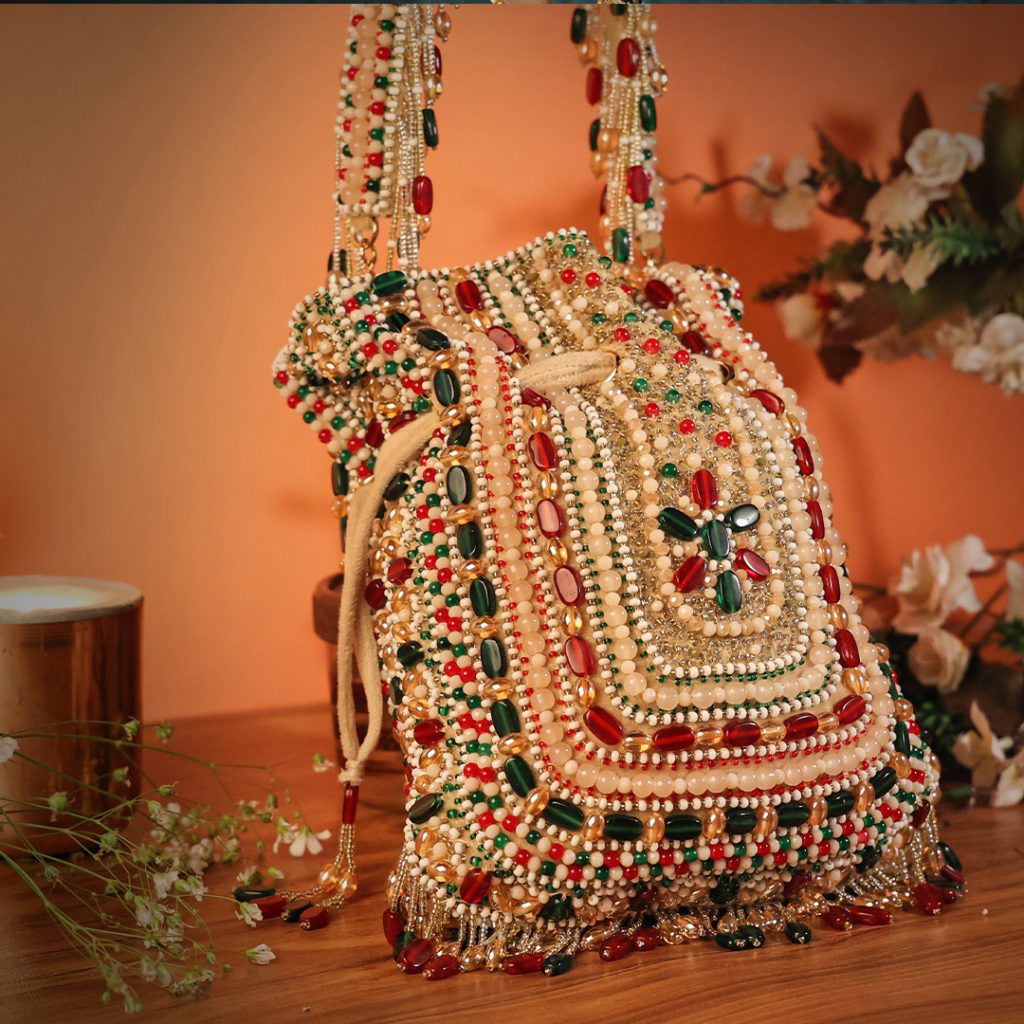

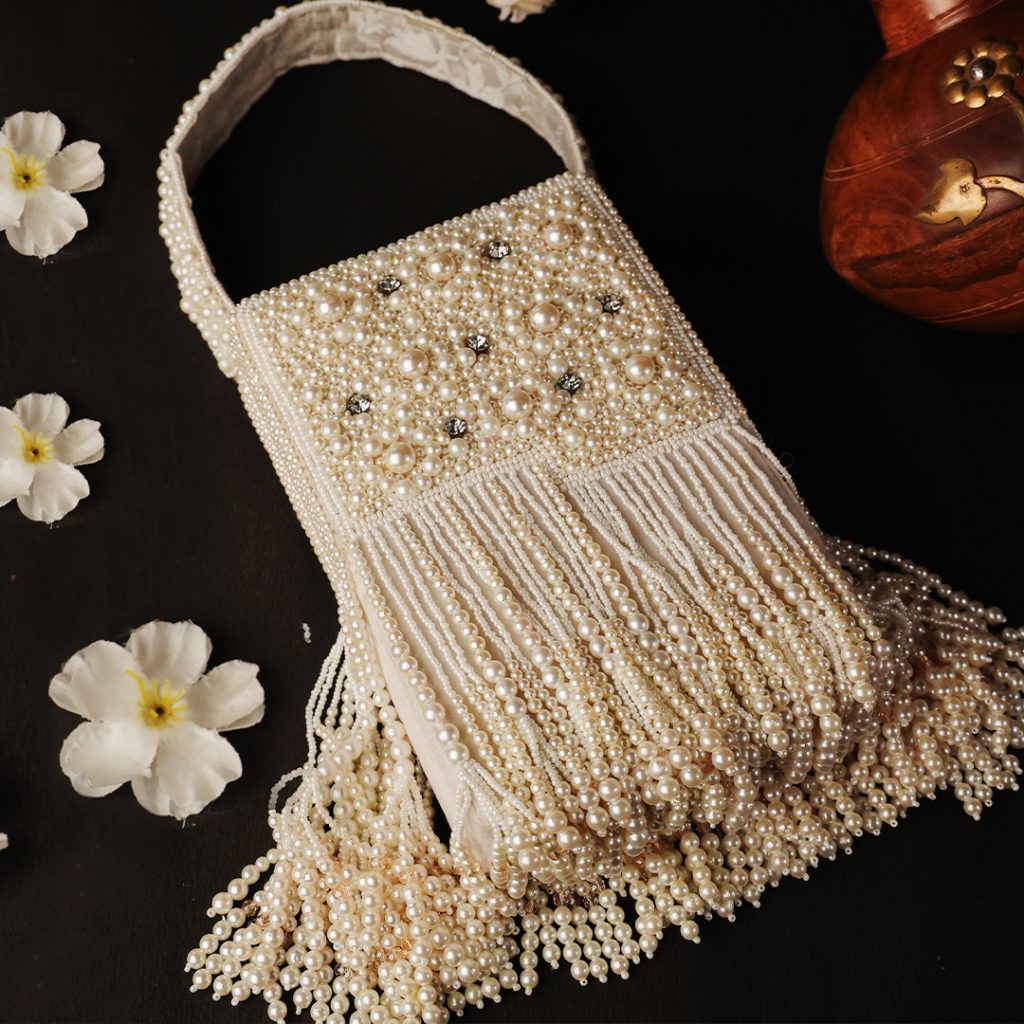
Setting up a Product Photoshoot
Setting up a dedicated space for product photography will streamline your workflow and ensure consistent results. Here are the steps to set up a budget-friendly home studio for your product photoshoot:
- Choose a space: Select a well-lit area in your home or office with ample space for your products, camera, and lighting setup. A room with large windows for natural light is ideal, but if that’s not possible, consider using artificial lighting options.
- Clean and declutter: Ensure that your shooting area is clean and free from distractions. Remove any unnecessary objects that might clutter the frame or take away attention from the product.
- Create a background: Set up a backdrop that complements your product and the style you want to achieve. A plain white background is versatile and works well for most products, but you can experiment with different colors or textures to add visual interest.
- Positioning and composition: Place your product on a table or a flat surface, ensuring it is the main focus of the frame. Consider the composition and arrange any props or related items to enhance the visual appeal.
- Lighting setup: Set up your lights according to the desired lighting style. If using natural light, position your product near a window and use reflectors or diffusers to control the light. If using artificial lights, experiment with different positions and modifiers to achieve the desired effect.
- Camera setup: Mount your camera on a tripod and adjust the height and angle to capture the product at its best. Take test shots and make any necessary adjustments to exposure, focus, and framing.
- Props and styling: Add any props or styling elements to enhance the composition and context. Be mindful of not overcrowding the frame and ensure the props complement the product rather than overpowering it.
Once your setup is complete, take your time to experiment, try different angles and lighting setups, and review your images on a larger screen to ensure they meet your expectations. With your product photoshoot successfully set up, let’s move on to lighting techniques for product photography.
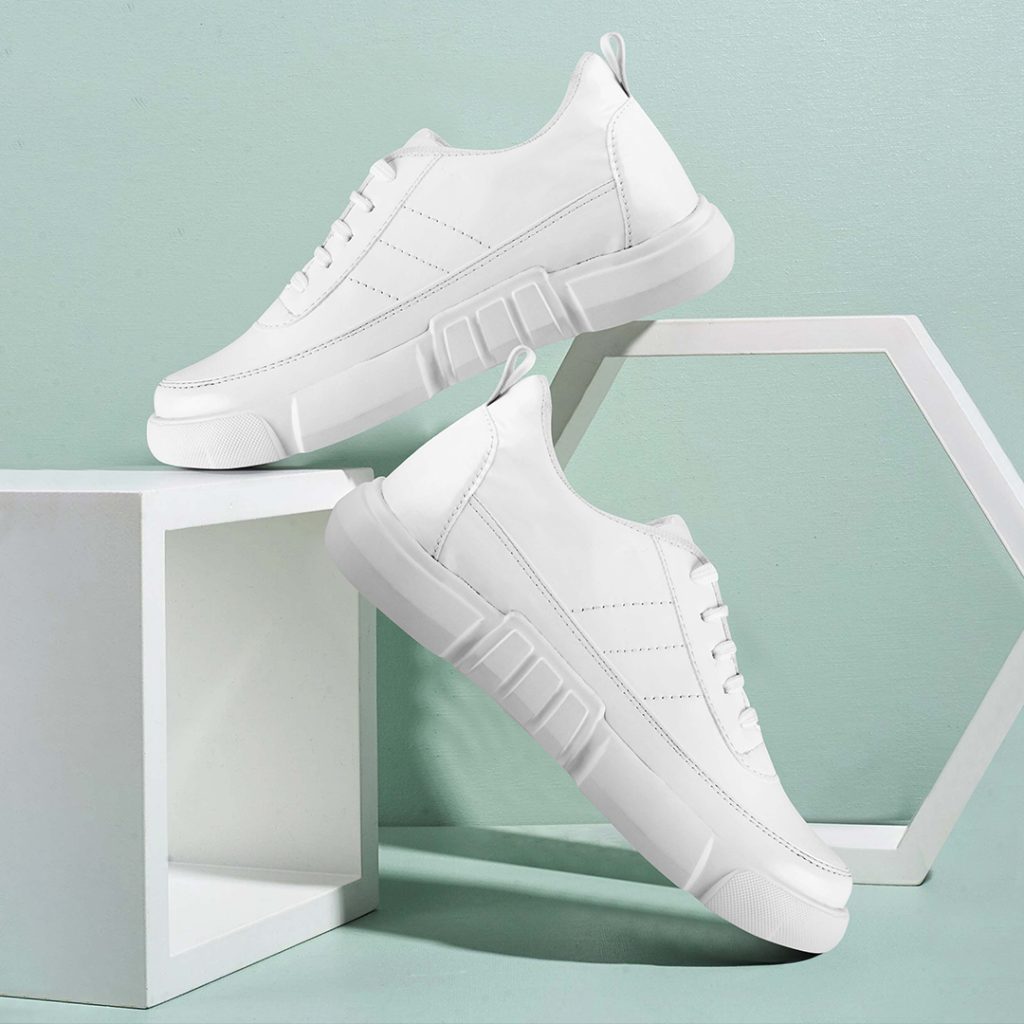
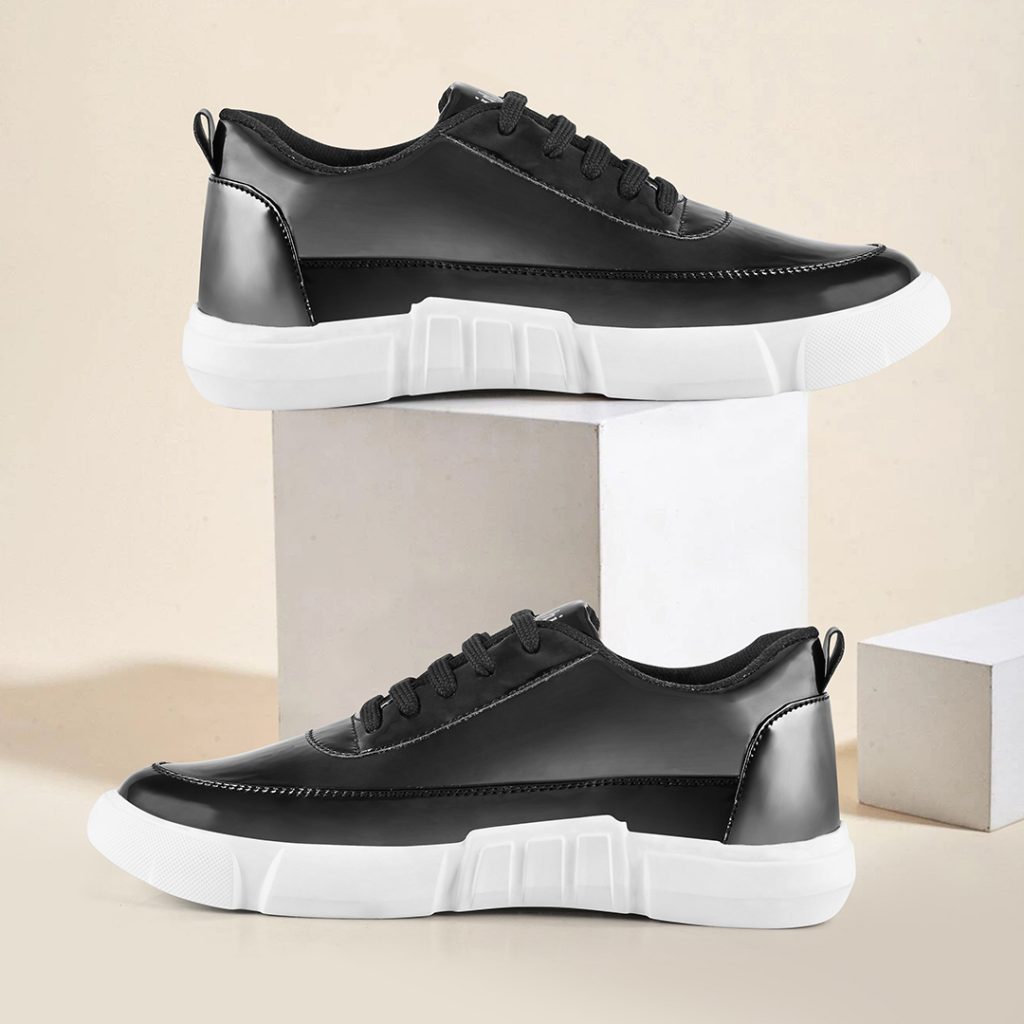
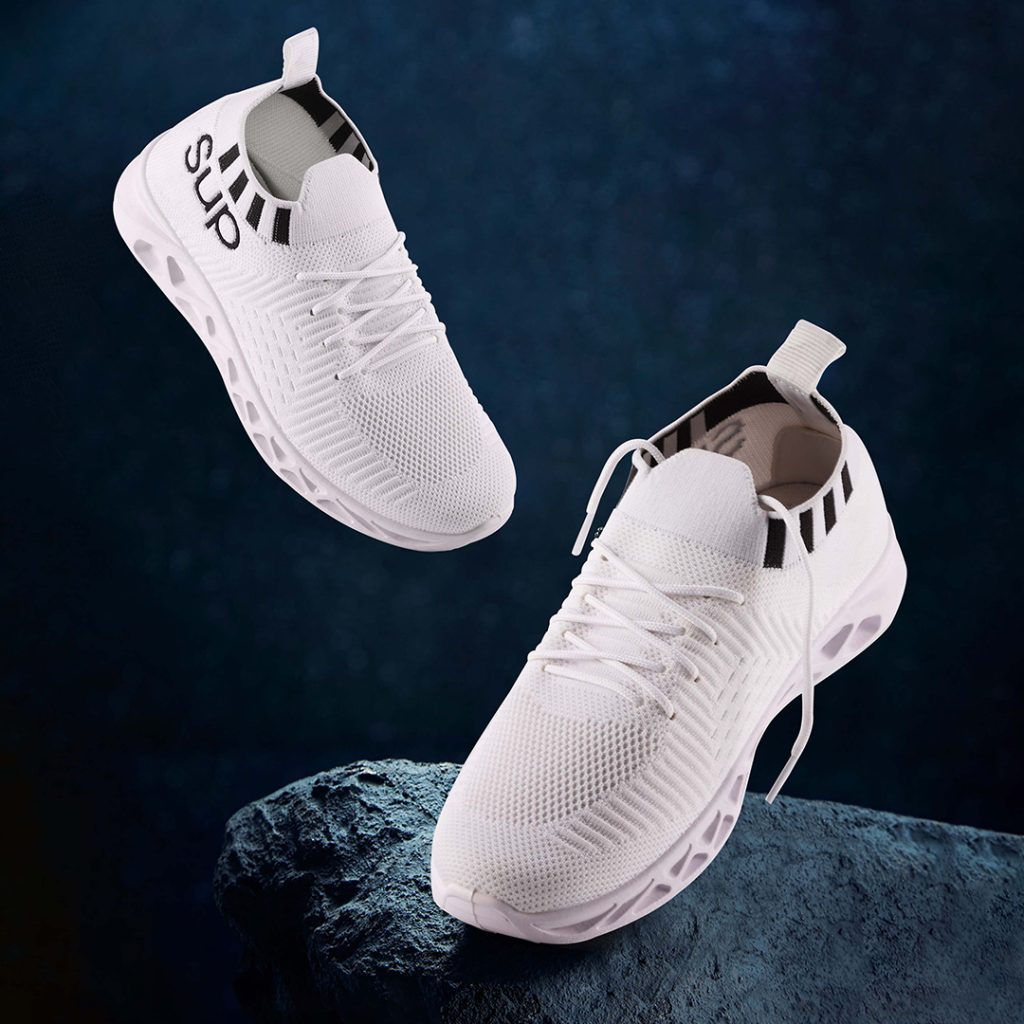
Lighting Techniques for Product Photography:
Lighting is one of the key factors that can make or break your product images. Proper use of lighting techniques can enhance the details, textures, and colors of your products, creating visually appealing images that attract customers. Here are some lighting techniques to consider for product photography:
- Natural Light: Utilizing natural light is often preferred for its soft and flattering qualities. Place your product near a window and adjust the angle and distance to control the intensity and direction of light. Use reflectors or diffusers to manipulate the light and reduce shadows if needed.
- Continuous Lighting: Continuous lighting provides a constant source of light that allows you to see the effect in real time. You can use affordable LED panels or softboxes to create a well-lit setup. Position the lights at different angles to achieve the desired effect and use diffusers or reflectors to control the harshness of the light.
- Strobes: Strobes are powerful flashes that provide quick bursts of light. They offer flexibility and are particularly useful for freezing motion or capturing products with reflective surfaces. Strobes require a trigger system to synchronize with your camera and can be positioned to achieve the desired lighting effect.
- Lighting Ratios: Lighting ratios refer to the balance between the main light source and the fill light or other light sources. A high lighting ratio creates strong shadows and dramatic contrast, while a low lighting ratio results in softer shadows and more even lighting. Experiment with different ratios to achieve the desired mood and emphasis on your products.
- Lighting Modifiers: Light modifiers like softboxes, umbrellas, and diffusers can help control the quality and direction of light. Softboxes create soft and even lighting, while umbrellas provide a broader and more diffused light. Diffusers can be used to soften harsh shadows or reduce glare on reflective surfaces.
- Backlighting: Backlighting involves placing a light source behind the product to create a highlight or halo effect. This technique adds depth, dimension, and a sense of separation between the product and the background. It works particularly well for translucent or textured products.
- Light Painting: Light painting involves using a long exposure and moving a light source around the product during the exposure. This technique can create unique and artistic effects by selectively illuminating different areas of the product. Experiment with different movements and patterns to achieve creative results.
Remember, lighting is a skill that takes practice and experimentation to master. Don’t be afraid to try different techniques and make adjustments until you achieve the desired outcome. Now that we have covered lighting techniques, let’s move on to composition and styling tips for product photography.
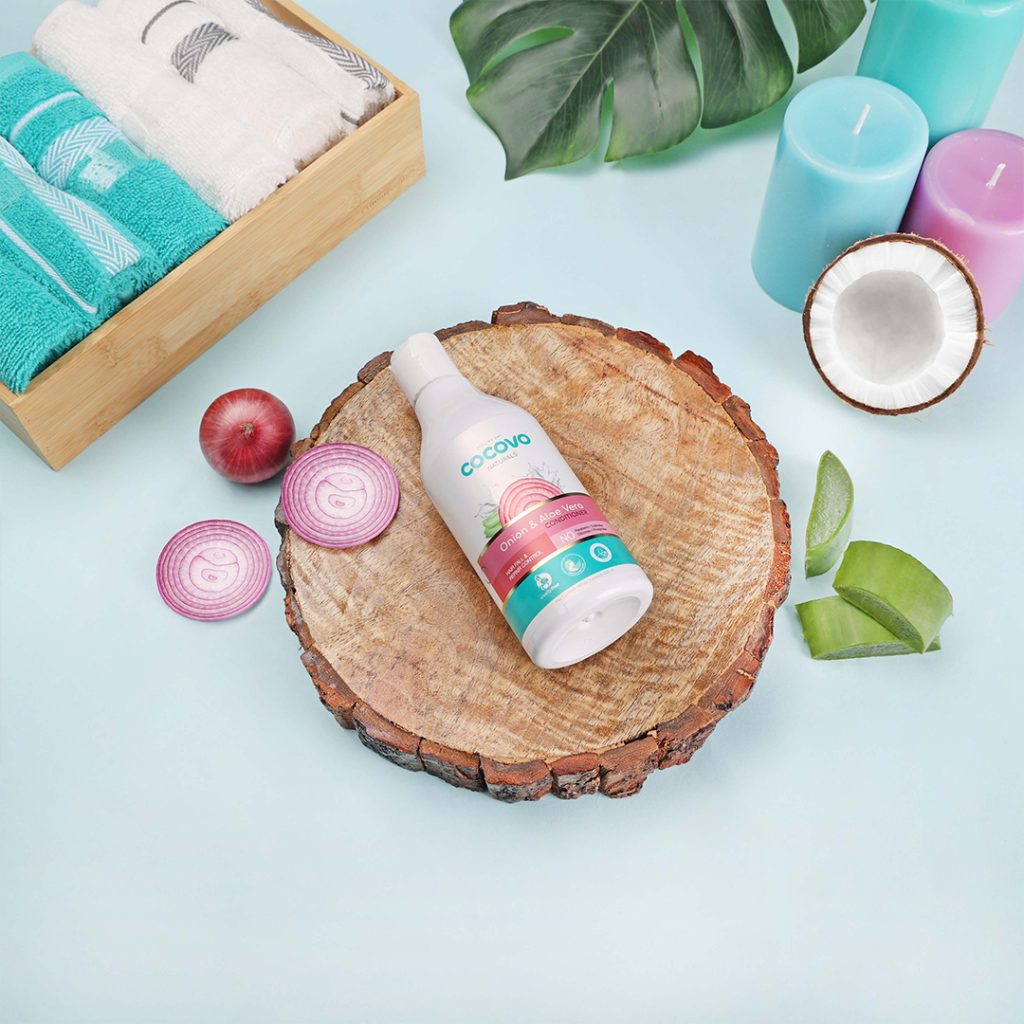
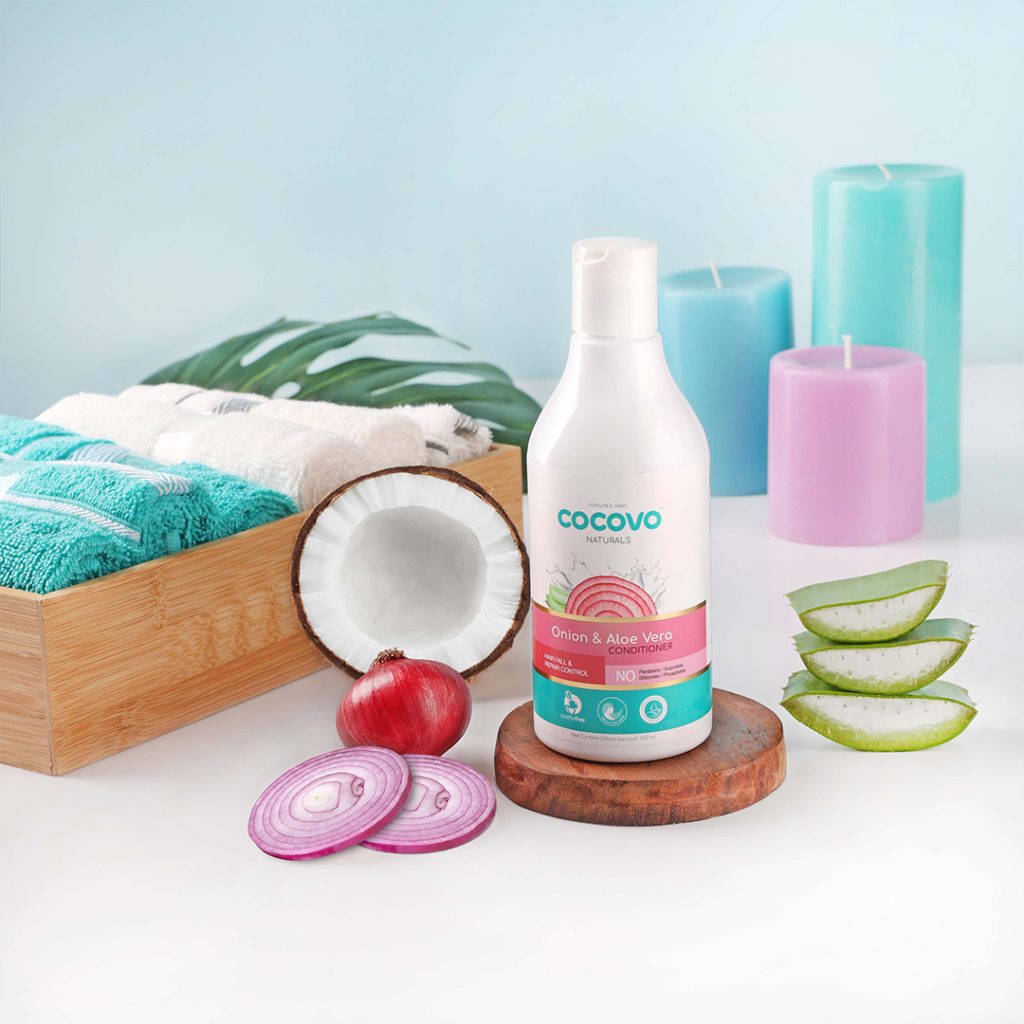
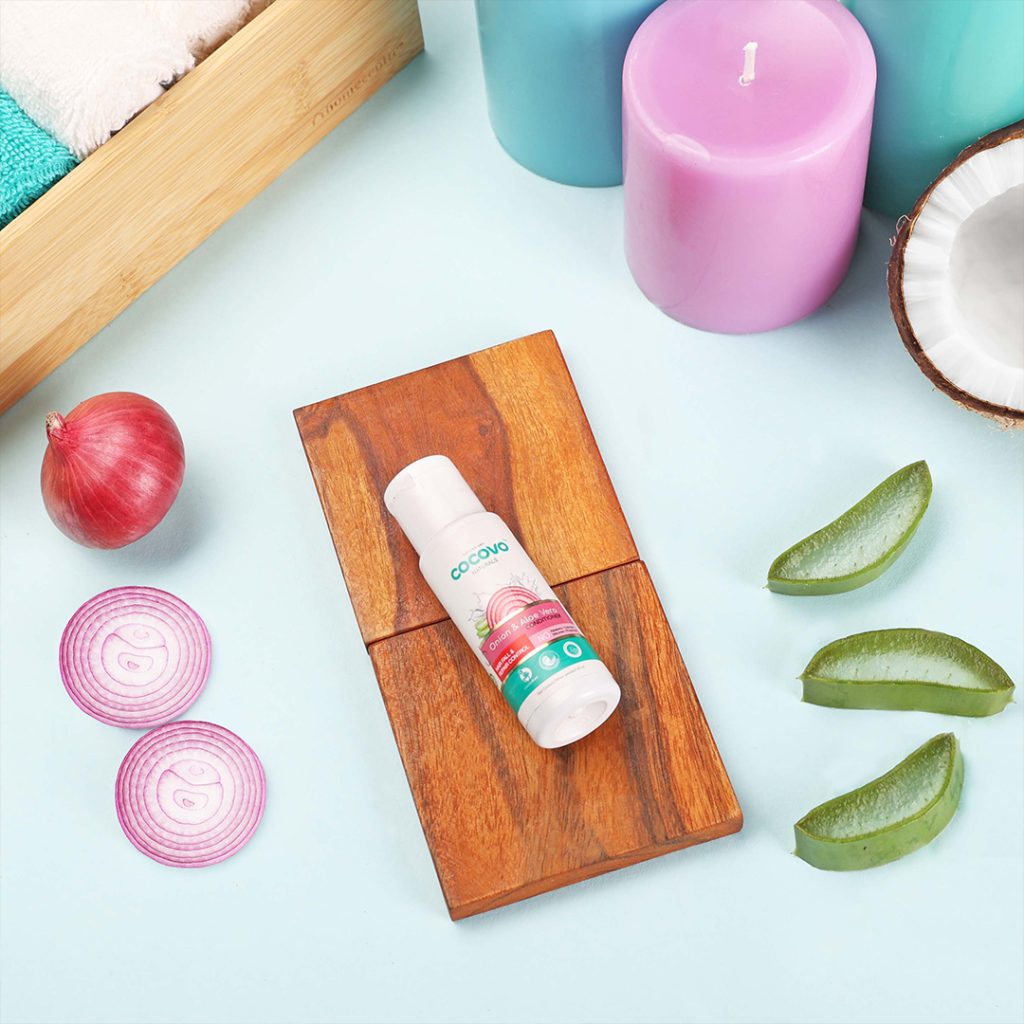
Composition and Styling Tips for Product Photography
When it comes to product photography, Amazon Product Photography, Fashion Photography Service composition, and styling play a crucial role in capturing your audience’s attention and driving sales. Here are some expert tips from Nibbleandpixel to help you create visually appealing product images.
- Choose the Right Background: The background sets the stage for your product, so it’s important to choose one that complements the item you’re photographing. A clean and simple background, such as a white or neutral-colored backdrop, can make your product stand out and appear more professional. Avoid busy or distracting backgrounds that take away from the focus of the image.
- Use Props and Accessories: Props and accessories can enhance the visual appeal of your product photos and help tell a story. For example, if you’re selling kitchenware, you could include ingredients or utensils in the shot to create a lifestyle context. However, be careful not to overcrowd the image or overshadow the product itself. The props should enhance, not distract.
- Experiment with Different Angles: Don’t be afraid to get creative with your product shots. Try shooting from different angles to showcase different features and perspectives. For example, if you’re photographing a piece of jewelry, capturing a close-up shot that highlights the intricate details can make a significant impact. Remember to capture both the front and back of the product to provide a comprehensive view.
These composition and styling tips will help you create visually appealing product images that stand out from the competition. By capturing the essence of your products and presenting them in an engaging way, you’ll increase the chances of attracting potential customers and driving sales.
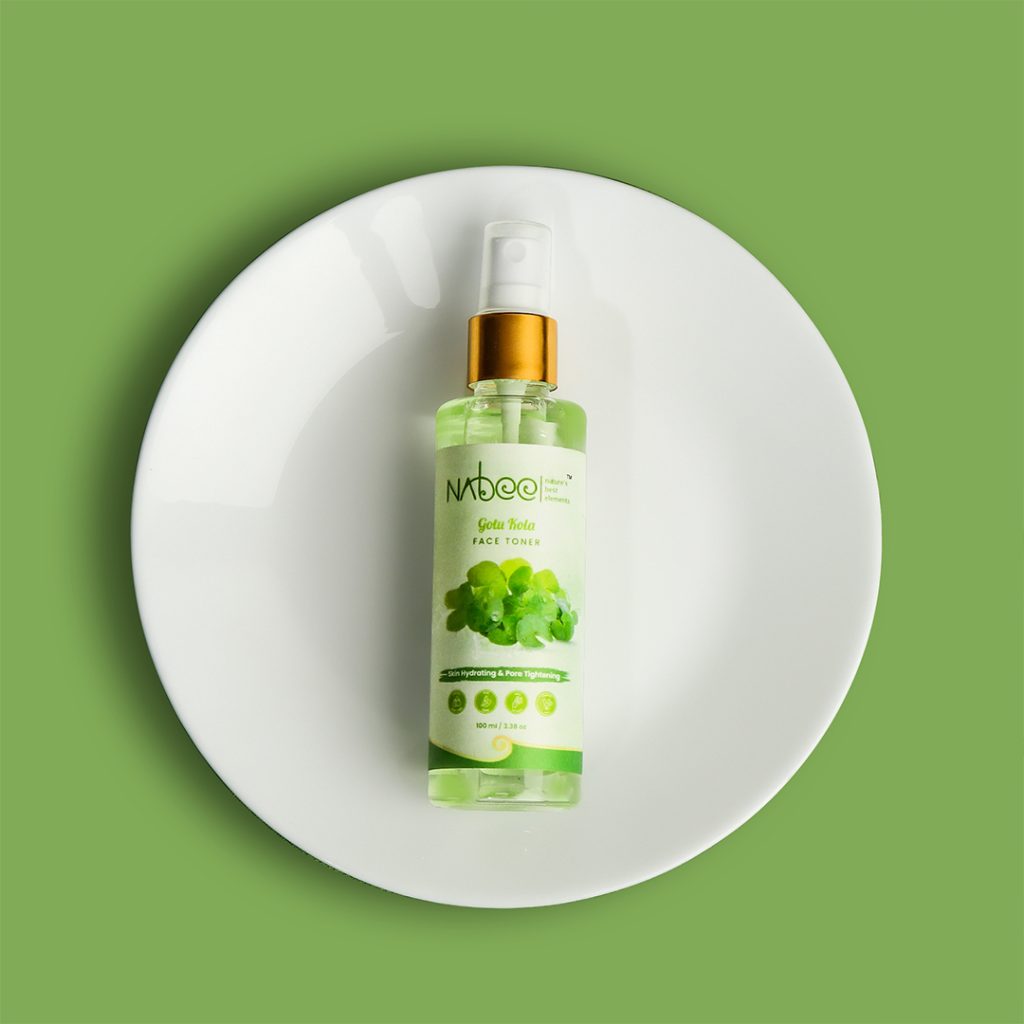
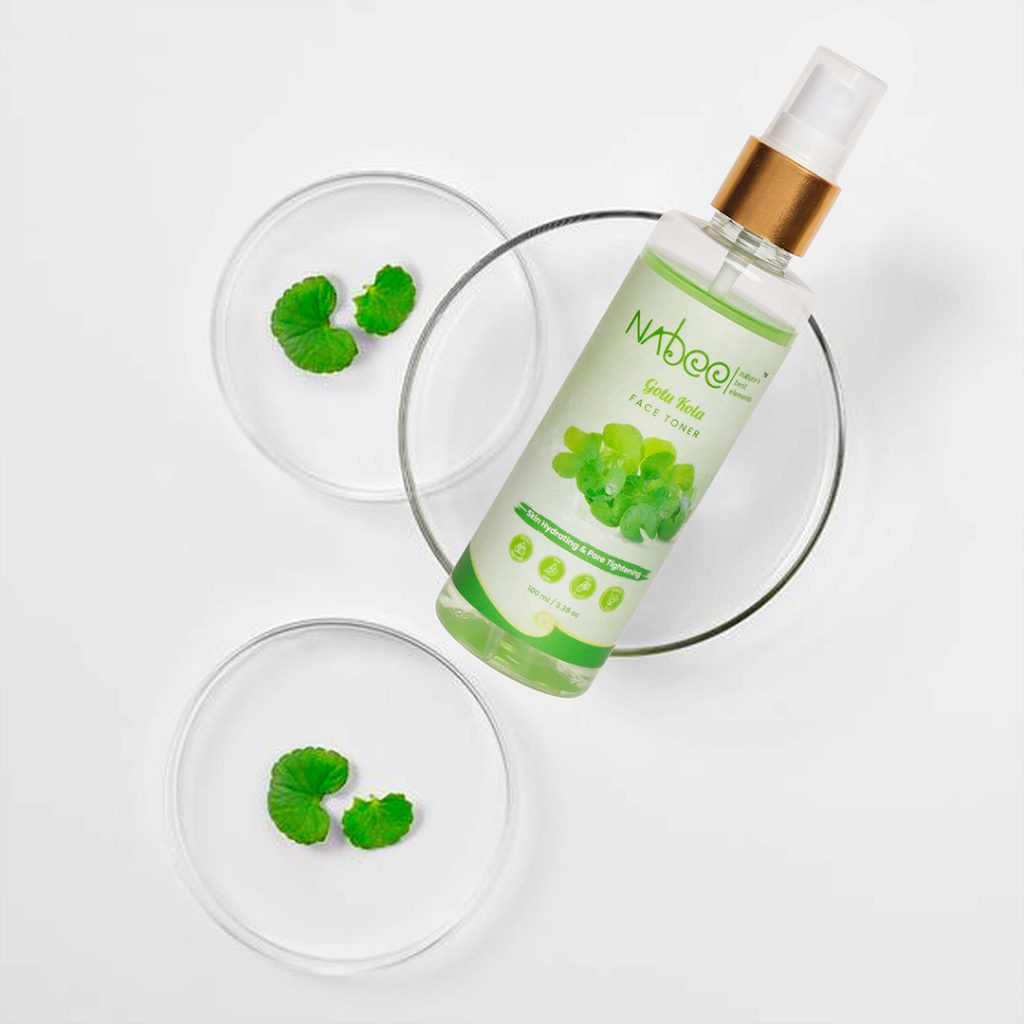

Editing and Retouching Product Photos
Once you’ve captured your product photos, it’s time to enhance them further through editing and retouching. Nibbleandpixel shares their expert tips on post-production techniques to make your product images stand out.
- Adjusting Exposure and Contrast: Use photo editing software like Adobe Photoshop or Lightroom to adjust the exposure and contrast of your images. Brighten up underexposed areas and enhance the colors to make your products pop. Exercise caution to avoid excessive use and preserve a natural appearance.
- Removing Backgrounds: Clean, clutter-free backgrounds help direct the focus towards your product. Utilize the background removal tools available in editing software to isolate your product from its surroundings. This allows you to place your product on different backgrounds or create a transparent background for easy integration into websites.
- Enhancing Details: Highlighting the details of your product can make it more enticing for potential customers. Use sharpening tools to enhance the texture and clarity of your product. Be mindful of not over-sharpening, which can result in unnatural-looking images.
- Color Correction: Adjusting the color balance and saturation can greatly improve the overall appearance of your product images. Ensure that the colors accurately represent your product by comparing them to the actual item. This step is particularly important if you’re selling products with specific color variations.
By investing time in editing and retouching, you can transform your product photos into captivating visuals that leave a lasting impression on your customers.
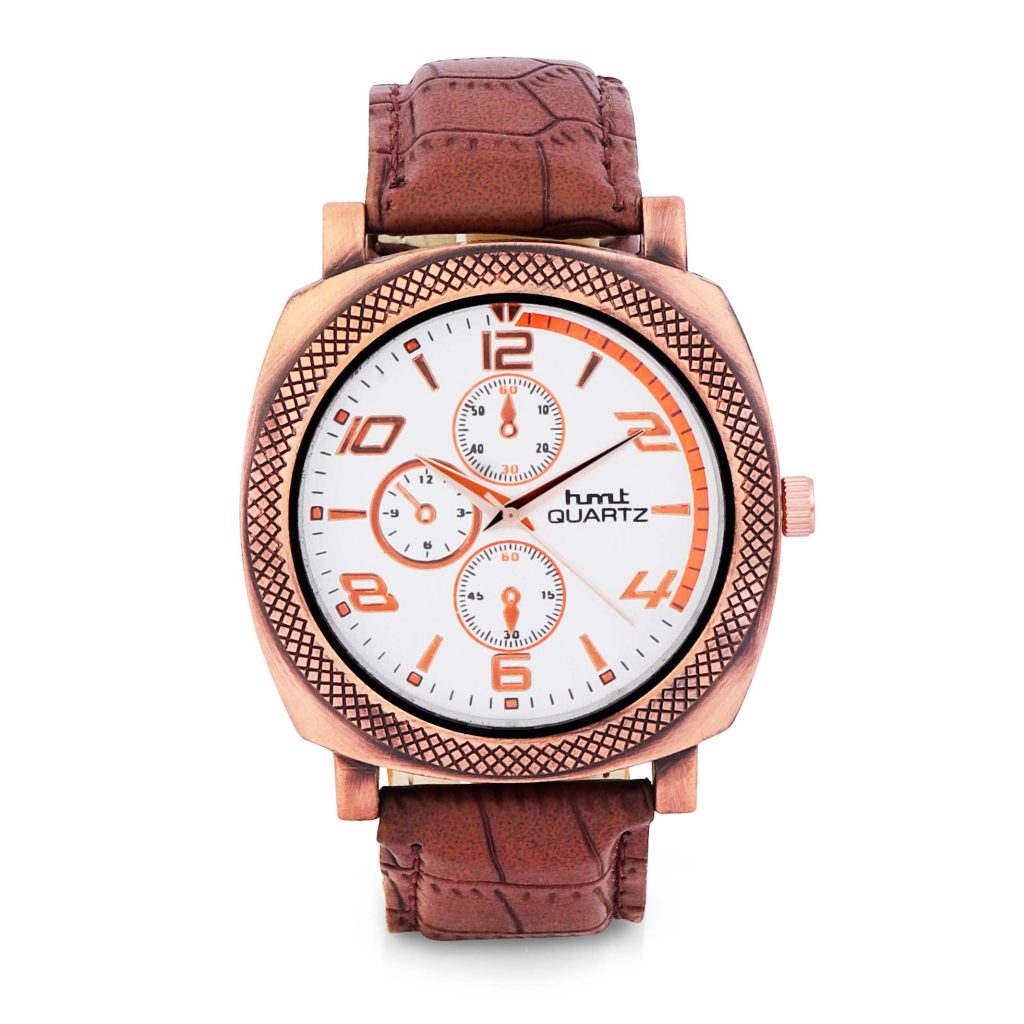
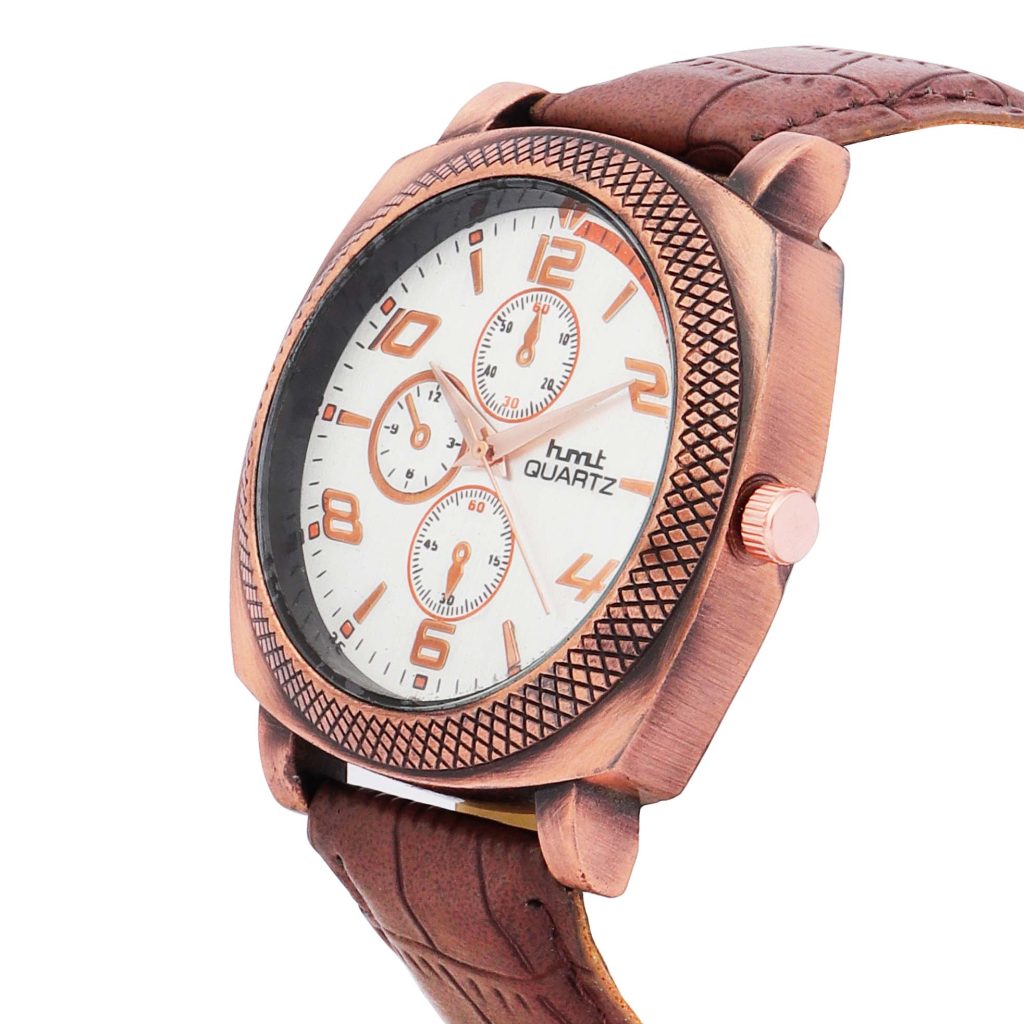
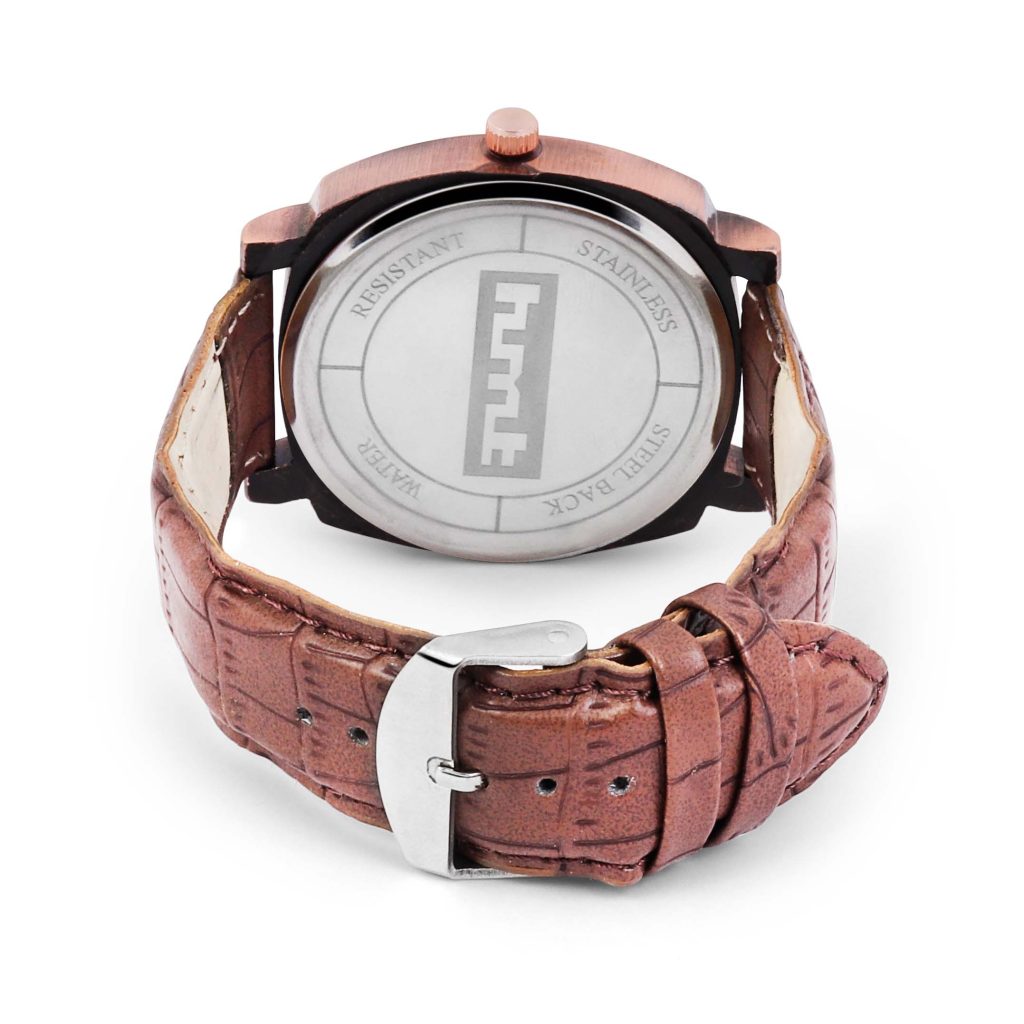
Optimizing Product Photos for E-commerce Websites
Once your product photos are captured and edited to perfection, it’s crucial to optimize them for e-commerce websites. Nibbleandpixel provides valuable insights on how to make sure your product images shine on various platforms.
- Image Size and Compression: Large image file sizes can slow down your website, leading to a poor user experience. Resize your images to the recommended dimensions for the specific platform you’re using. Additionally, compress your images to reduce file size without sacrificing too much quality. Several online tools and plugins can help with image compression.
- Naming and Alt Text: Optimize the filenames and alt text of your product images for search engine optimization (SEO). Use descriptive keywords relevant to your product in the file names and alt text. This helps search engines understand what your images depict and improves the chances of your products appearing in relevant search results.
- Consistency in Style: Maintain a consistent style throughout your product images to create a cohesive and professional look. This includes consistent lighting, backgrounds, and editing techniques. Consistency plays a crucial role in establishing brand recognition and fostering trust among your customer base.
- Mobile Optimization: With the increasing use of mobile devices for online shopping, it’s crucial to ensure your product images are optimized for mobile viewing. Test how your images appear on different mobile devices and adjust accordingly to provide a seamless user experience..
By following these optimization techniques, you’ll ensure that your product images not only look visually appealing but also perform well on e-commerce platforms, leading to higher conversions and sales.
In the competitive world of e-commerce, product photography plays a crucial role in attracting and converting customers. Nibbleandpixel ultimate guide to eCommerce product photography equips you with the knowledge and techniques needed to capture stunning product images that sell.
From mastering lighting techniques to editing and retouching, and optimizing for e-commerce platforms, Nibbleandpixel expert advice will help you elevate your product photography game. Remember, the key is to consistently improve and adapt your techniques based on your products and target audience.
Investing in high-quality product photography is a strategic investment in the success of your business. So, don’t let poor product images hold you back any longer. Take the leap and let Nibbleandpixel’s ultimate guide transform your e-commerce business with visually enticing product photos that truly sell.
